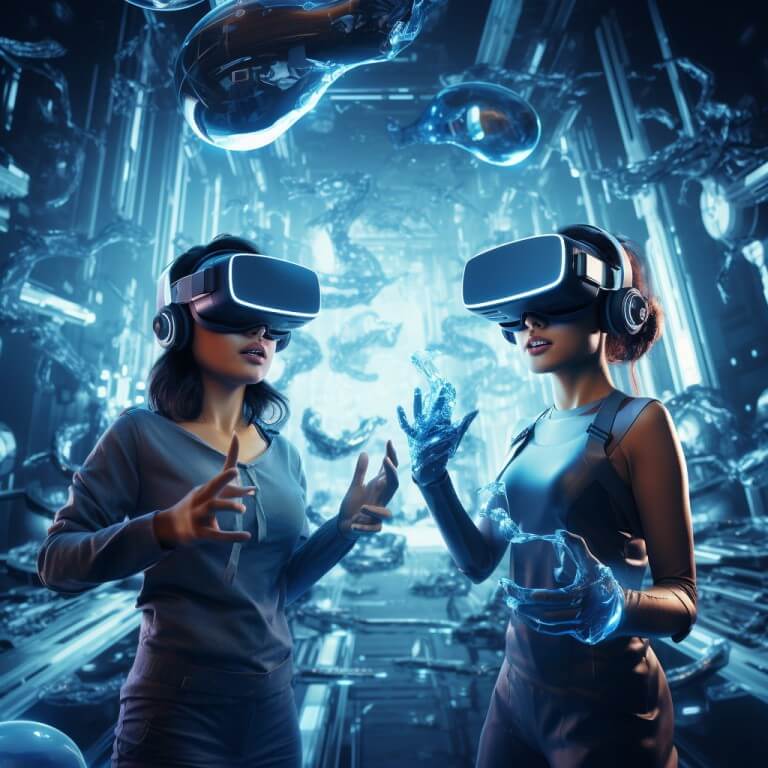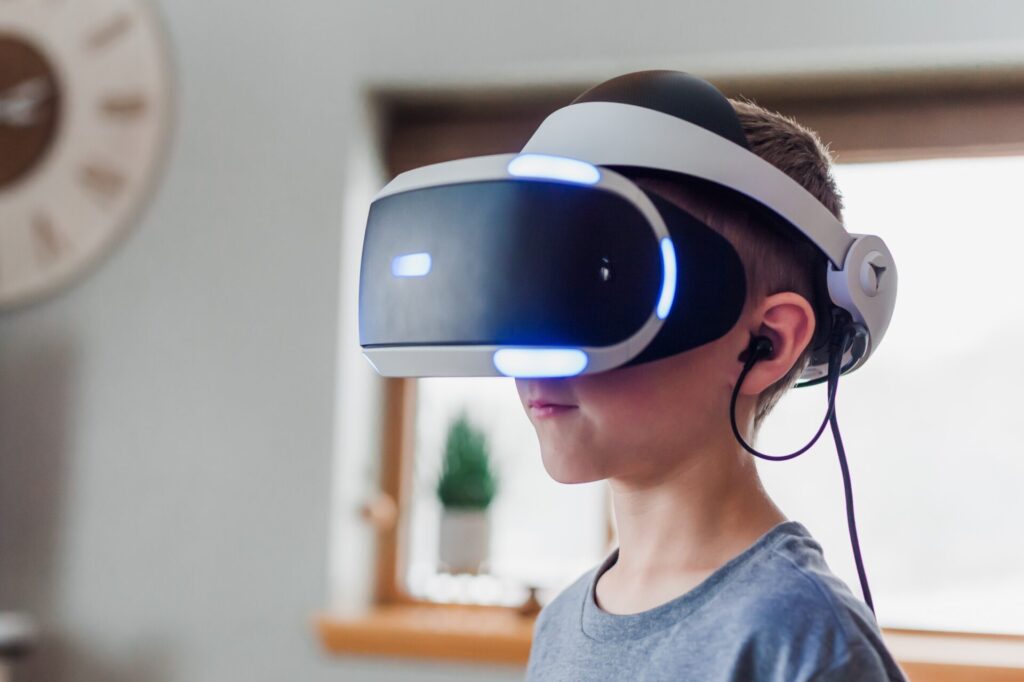As AR technology advances and penetrates diverse facets of our existence, its impact becomes increasingly profound, setting the stage for a new era where the everyday is augmented with information, interaction, and unparalleled experiences.
AR is not merely a technological gimmick but a sophisticated merger of the real world with digital objects and information. Augmented reality, a revolutionary technology, blurs the lines between the real and digital worlds. This cutting-edge innovation overlays digital information—images, sounds, and text—onto our physical environment, enhancing our perception and creating immersive experiences. As AR continues to advance, it is transforming aspects of daily experiences, from our homes to workplace.
In contrast to virtual reality (VR), which immerses users in entirely virtual environments, AR enriches the real-world view by overlaying digital elements. Key components, including software for object recognition and tracking, coupled with advanced hardware like cameras and sensors, facilitate this seamless blending of real and digital elements.
Recent years have witnessed the rapid growth of AR technology beyond gaming and entertainment. Interactive media, educational apps, and promotional materials have leveraged AR to engage users in captivating and intuitive ways. As AR integrates into various industries, its potential to reshape human-computer interaction becomes increasingly evident.
AR’s influence is observable in education, revolutionizing the learning environment. AR’s application in interactive classrooms, where students and teachers can integrate it into their daily routines, enhances the learning process. It facilitates real-time, context-sensitive information for students and empowers teachers to explain complex concepts more effectively.

AR has also emerged as a revolutionary force in the medical field, aiding in surgical procedures, medical training, and patient management. In surgery, AR superimposes images from medical scans onto the patient’s body in real-time, providing surgeons with a clearer understanding of the surgical field and minimizing risks.
Medical training benefits from AR by projecting 3D anatomical structures, conditions, or procedures into the student’s field of vision. This facilitates a deeper understanding of complex medical concepts and skills development in a lifelike virtual environment. AR’s role extends to patient management, where facial recognition systems identify patients and monitor their vital signs, contributing to personalized treatments and improving overall healthcare efficiency.
Moreover, AR’s impact transcends traditional shopping experiences. It has streamlined the decision-making process, providing customers with a more personalized and convenient shopping experience. As AR technology evolves, it holds the potential to redefine shopping habits and customer expectations in the retail industry further.
The integration of AR into our daily lives is made possible through innovative devices and technology. Headsets, eyewear, and mobile platforms serve as conduits for AR experiences. Mobile devices, with their built-in cameras and sensors, play a pivotal role in popularizing AR applications.
Devices like Microsoft HoloLens and Google Glass seamlessly integrate digital content with the physical environment, offering engaging AR experiences. While dedicated AR headsets require specialized hardware, simpler cases like Google Cardboard enable users to experience AR using their smartphones affordably.
In terms of productivity, AR tools provide real-time information, assist with problem-solving, and streamline complex tasks. Google Street View, for instance, overlays directions and relevant data onto the real-world environment, simplifying navigation.

In museums, AR enhances visitors’ experiences by creating interactive exhibits that merge real artifacts with digital elements. For architecture and construction, AR aids in designing, planning, and visualizing projects by overlaying 3D models onto the physical environment.
The interplay between 3D models and the physical environment expands the boundaries of creative expression and opens up new avenues for collaboration. AR technology enables digital objects to appear and behave as if they were part of the physical world, allowing users to manipulate, rotate, and scale these objects in real-time.
As AR technology continues to evolve, these devices become more integral to our daily experiences, transforming the way we live, work, and play. It promises to play a significant role in shaping the future of various industries. By integrating digital elements into the physical world, AR enables the seamless fusion of information, collaboration, and imaginative exploration.

Advancements in computer hardware and software will enable AR devices to offer a more intuitive and immersive user experience. Next-generation AR devices are likely to engage all senses, including touch, hearing, and sight, displaying information within the user’s peripheral vision. Improved motion gesture technology will enable users to interact with AR content more naturally, making it more accessible and user-friendly.
The future of augmented reality promises to reshape daily lives by breaking down the boundaries between the real and virtual worlds. Through the integration of artificial intelligence and advanced computing systems, AR technology is set to transform various industries, fostering new ways of interacting with technology and the environment. As hardware and software improve, AR devices will offer more intuitive and immersive experiences, changing the way we interact with technology and our surroundings.
Sources




